Considering a trip to the beautiful Southern Caribbean jewel of Aruba?
We’ll share everything you need to know about the safety of this quaint island that is the fifth most visited per capita in the whole world.
This includes an in-depth look at Aruba’s crime, weather conditions, beach safety, natural disaster information, and more.
Are you planning a last minute trip to Aruba? We’ve put together all the resources you’ll need for a fun & safe travel:
🛌 Best & Safest Places to Stay in Aruba:
👉 Riu Palace Aruba – Sea view, Spa and wellness centre, Coffee maker in all rooms
👉 The Cove – Condo Hotel – Kitchen, City view, Luggage storage
👉 Blue Residences – Spa and wellness centre, Family rooms, Beachfront
👉 Ocean Z Boutique Hotel – Facilities for disabled guests, Free WiFi, Bar
⛱️ Fun Activities & Tours in Aruba:
👉 UTV or ATV to Aruba’s Secret Beach and Cave Pool Adventure
👉 Aruba Champagne Breakfast and Lunch Cruise with Snorkeling
👉 Natural Pool Horseback Riding Tour in Aruba
🚗 Best & Safest Aruba Transportation Services:
👉 Airport Pickup Service – Welcome Pickups
👉 Rent a Car – DiscoverCars
🙏 Stay Safe While Travelling:
👉 Safetywing (for medical insurance)
👉 VisitorsCoverage (for trip insurance)
Is Aruba Safe?
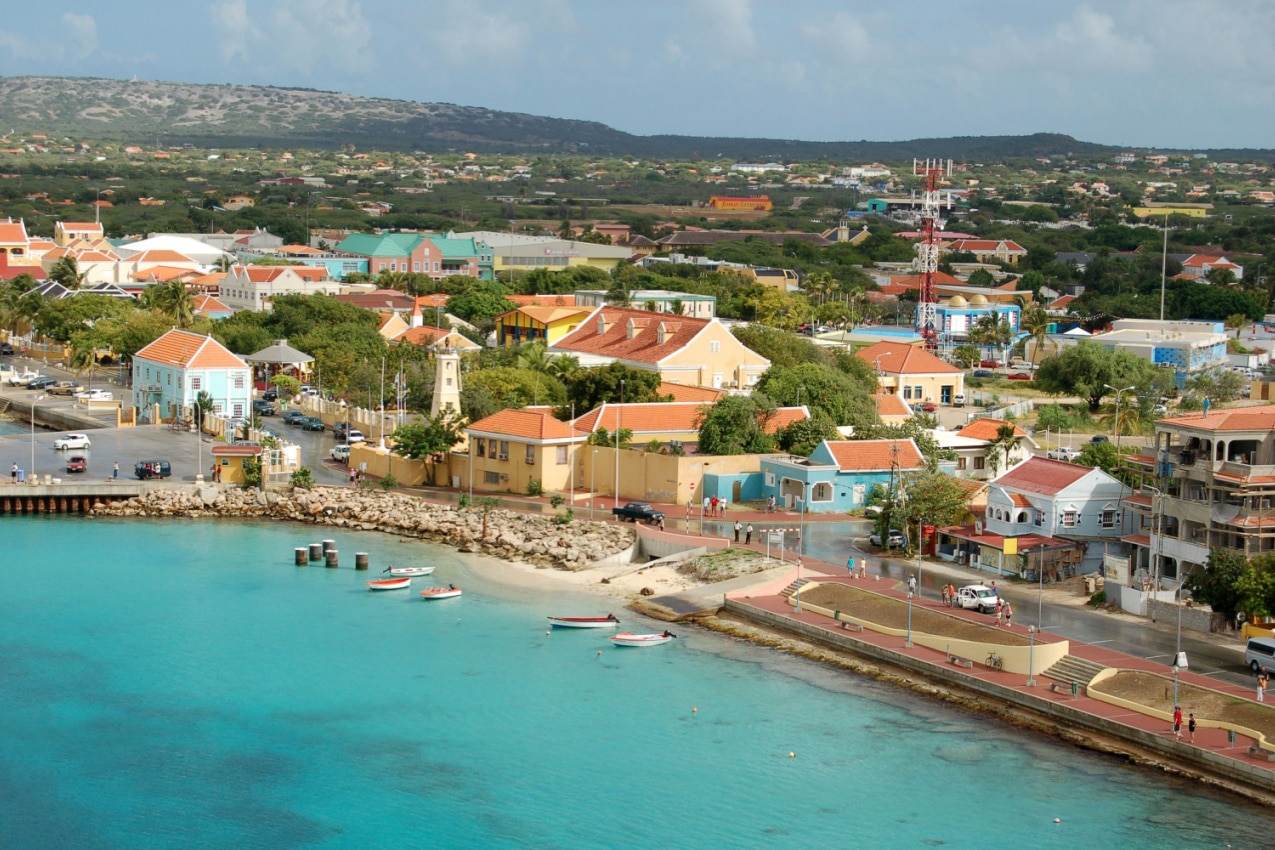
Aruba is one of the safest islands in the Caribbean and a safe tourist destination overall.
Here’s the most important safety information about Aruba in a nutshell:
- Travel Advisory: Every major travel advisory in the world gives Aruba a green light.
- Crime rate: Aruba’s crime rating is 23.45, one of the lowest in the region. The only prevalent crimes are petty theft, street crime, and break-ins.
- Danger zones for tourists: Be more cautious on isolated beaches, during big events like yearly celebrations, and in San Nicolas.
- Natural disasters: The risk of a hurricane or an earthquake hitting the island is exceptionally low.
- Beach safety: There’s practically no risk from sharks.
- Solo and family travel: Both solo travelers and families are completely safe in Aruba.
Aruba Travel Advisory
The US State Department, the Government of Canada, and the UK Government give tourists planning to visit Aruba the green light.
According to the US travel advisory, Aruba is a Level 1 tourist destination, where tourists only need to exercise normal travel precautions.
The US travel advisory categorizes destinations into four advisory levels, from Level 1 (exercise normal precautions) to Level 4 (do not travel), so Aruba is categorized among the safest. Potential travelers don’t need to exercise increased caution since violent crime are almost non-existent in Aruba.
A Comprehensive Look at Aruba Crime Rates
Aruba has a very low crime rating of only 23.45.
The homicide rate amounts to no more than 2 incidents per 100,000 people — which, from a global perspective, is a very low number.
Residential break-ins and break-ins in hotel rooms or cars are a potential threat. Petty theft is also common on the beaches, where swimmers and sunbathers are likely to leave their things unguarded on the sand.
The violent crimes in Aruba are higher in places usually not frequented by tourists, where there have been some reports of street gang presence.
San Nicolas, the second-largest city in Aruba, is one notable exception to this rule. The city is known for its nightlife, but also reportedly for the higher prevalence of crime there.
| Crime Rates in Aruba | September 2023 (Last Update) |
| Level of crime | 23.45 |
| Crime increasing in the past 3 years | 57.27 |
| Problem people with using or dealing drugs | 51.97 |
| Problem with property crimes such as vandalism and theft | 37.90 |
| Problem with violent crimes such as assault and armed robbery | 27.90 |
| Problem with corruption and bribery | 51.28 |
| Safety walking alone during daylight | 87.90 |
| Safety walking alone during night | 67.27 |
Who’s Guarding the Island? Police Presence in Aruba
The main police presence in Aruba is the Aruba Police Force — or Korps Politie Aruba (KPA) in Dutch — and its staff of 200 officers.
However, the Caribbean as a collective of islands shares one serious problem: organized crime. That’s why most of its islands have INTERPOL headquarters and active operatives on the ground, including Aruba.
The Risk of Natural Disasters in Aruba
The risk of a hurricane or an earthquake causing any significant damage to Aruba is very small.
Hurricane Information and Precautions
The Caribbean, in general, is well known as a hurricane-prone area, with hurricane Irma in 2017 causing considerable damage to some of the islands, including Barbuda and Anguilla.
However, the island of Aruba is outside the Caribbean hurricane belt. While the hurricane season in the Caribbean usually lasts from June to November, Aruba typically stays out of danger, aside from the occasional stronger tropical storm.
Earthquake Information and Prevention
According to up-to-date statistics from October 2023 regarding the geographical profiling of Aruba, the risk of earthquakes is even smaller than that of hurricanes. Additionally, there are no significant historical examples of major or catastrophic earthquakes in Aruba, or near the island.
Breathing Safely in Aruba: Carbon Monoxide Awareness and Prevention
There have been no cases of poisoning or fatalities from carbon monoxide in Aruba.
In the Caribbean, there has been one reported event of a person dying from this invisible and almost undetectable enemy in the Sandals resort in the Bahamas.
Still, it’s always a good idea to be mindful of the possibility when you’re traveling to a new destination.
Poisoning from carbon monoxide usually manifests with strong headaches, nausea, chest pain, and vomiting. Longer exposure to the gas may lead to suffocation, serious brain damage, blindness, or worse, be fatal.
Awareness of the dangers of poisoning from carbon monoxide is rising worldwide. Some hotels in the Caribbean are installing carbon monoxide detectors in their rooms after the unfortunate incident in the Sandals resort.
Aruba Beach Safety
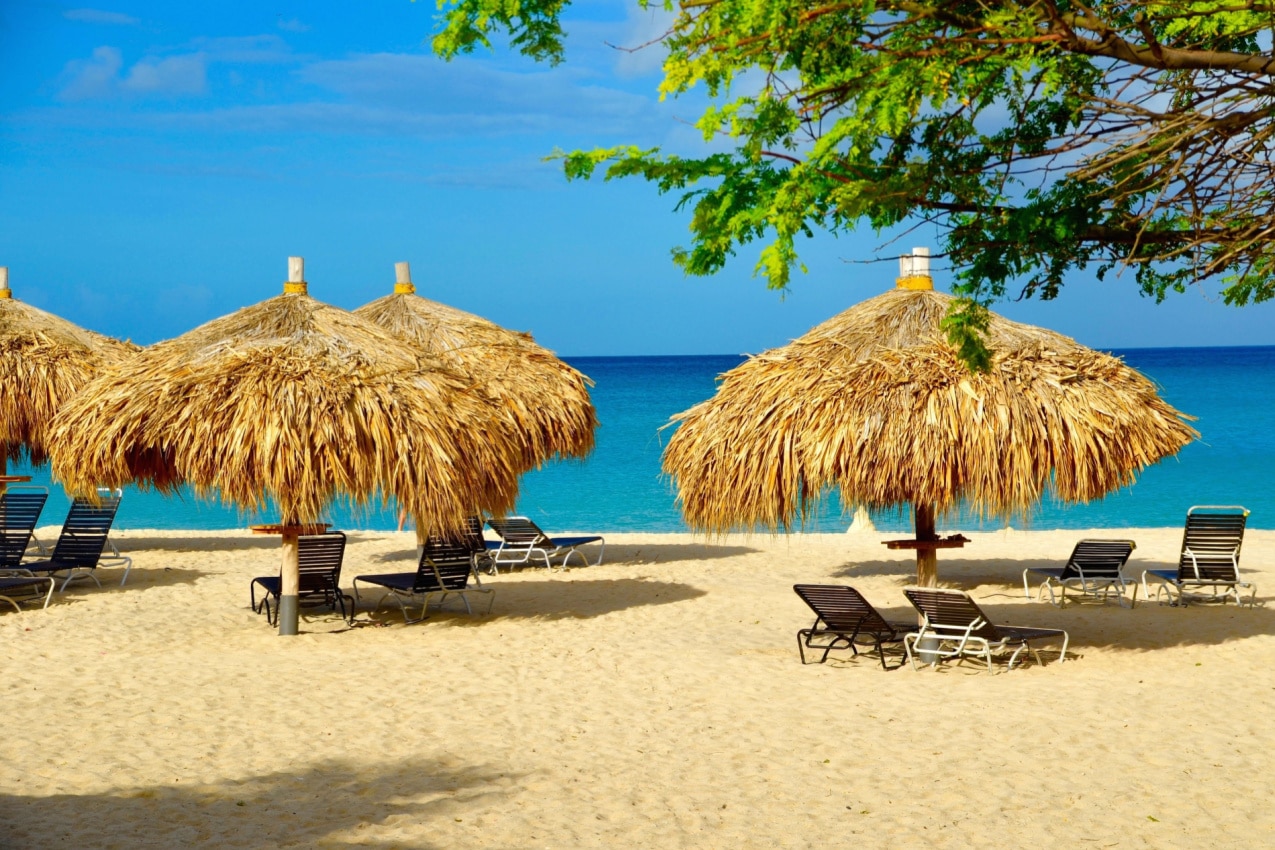
Aruba, like most of the Caribbean islands, uses the standard flag system to signal the safety level of its beaches.
Here are the usual flags and their meaning:
- Green flag: Calm waters, safe for swimming
- Yellow flag: Moderate currents, swim with caution
- Single red flag: Strong currents, swimming isn’t recommended
- Double red flags: Very dangerous, the water is closed to the public
- Red and yellow flag: Swimming area with lifeguards
- Black and white quartered flag: Surfing area, swimming isn’t allowed
- Purple flag: Dangerous marine life
One of the first things you should know about the beaches in Aruba is that they don’t have lifeguards.
Some of the beaches in Aruba have strong rip tides and currents, so less experienced swimmers are advised to stay closer to the shore.
When it comes to sea life, you are most likely to encounter lionfish or jellyfish. Their stings, although not deadly or extremely dangerous, can be very painful.
Shark attacks almost never happen near the island. There is just one report of an isolated incident in 2015 when the boat of a Venezuelan citizen was capsized by a shark.
Beach Petty Theft
Petty theft is a common occurrence on Aruba’s beaches.
Unlike the well-known Eagle Beach, Palm Beach, and Baby Beach, which are always crowded, Boca Prins, Andicuri Beach, and Grapefield Beach are secluded, with almost no infrastructure and no cafes and hotels nearby. Sticking to the world-famous beaches is always the safer choice.
It’s also good practice not to take your most valuable items with you. The UK government, for example, advises travelers to leave almost everything in their accommodations and just have a copy of their passport or ID on hand.
Aruba Weather Patterns: What to Expect
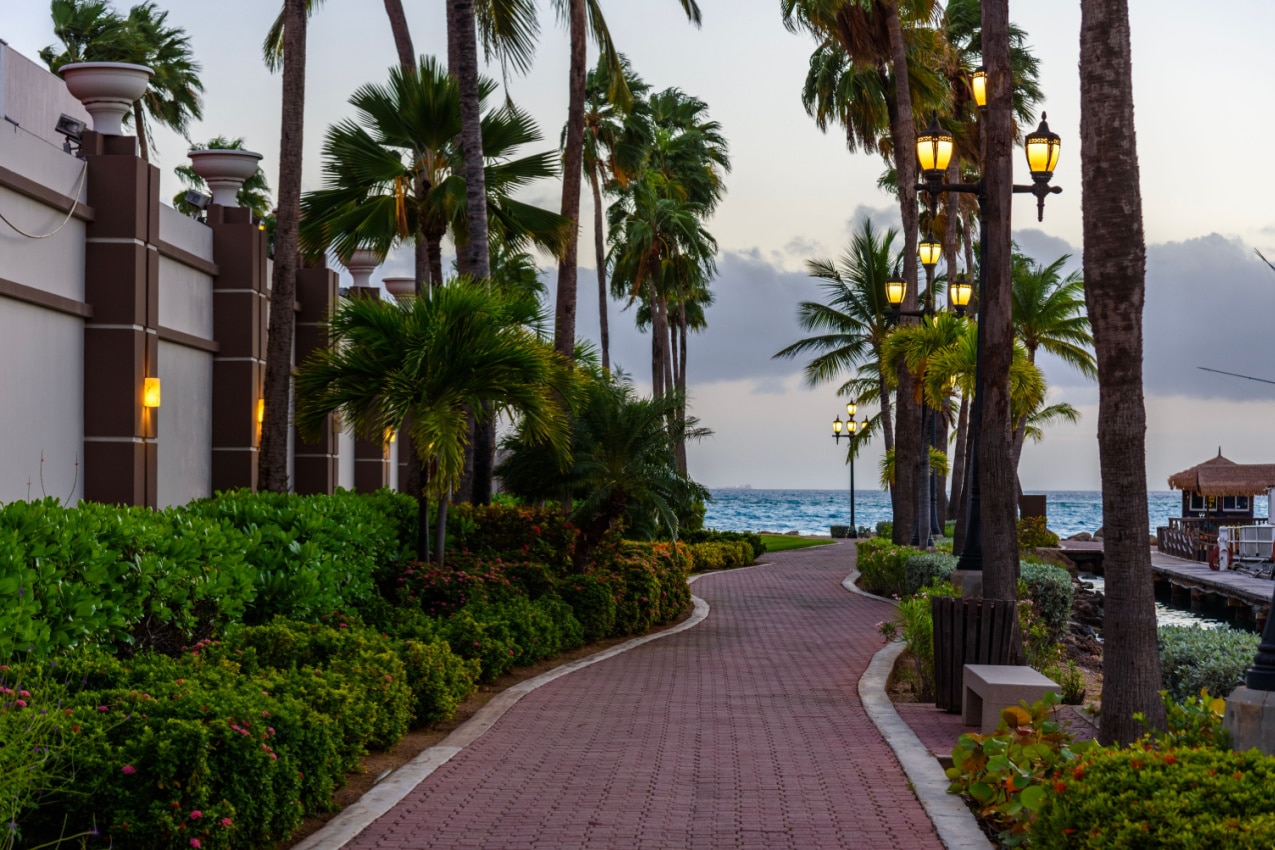
Aruba has a hot semi-arid climate, much like a savannah. This means the island is hot and dry for most of the year, unlike the other islands in the Caribbean, which have a more tropical climate with plenty of rain.
The temperature is stable throughout the year — the maximum temperature is 89°F (32°C) and the minimum temperature is 79°F (32°C) on average. Rain is scarce, amounting to no more than 450 millimeters (18 inches) per year.
Weather Overview in Aruba
Summer (June-August)
The summer months are the hottest in the year, with an average temperature between 90 and 92°F (32 and 33°C). There are no more than three or four rainy days a month — most of the days between June and August are sunny and hot. The sun is up for the highest number of hours during the summer, reaching its zenith in July, with ten hours of sunlight per day.
This period is especially popular for snorkeling, scuba diving, and swimming. June is particularly known for its strong winds — it offers the best weather conditions for windsurfers and kiteboarders.
Fall (September-November)
Late summer and fall are peak hurricane seasons in the Caribbean, but this doesn’t apply to Aruba. The temperatures range between 89°F and 92°F (31.5 to 33.2°C), but there is a rise in the number of rainy days — especially in October and November — when it goes from seven to 10 rainy days a month.
Winter (December-February)
Winter is the coldest month in Aruba, but still pretty hot compared to most other places on Earth — the temperatures during the daytime rarely fall under 81°F (30°C), while the lowest linger around 77°F (25°C) in the coldest nights in January and February.
The slightly cooler temperatures provide a perfect chance for exploring the landmarks on the island, like Ostrich Farm and the very popular Arikok National Park.
The rainy days experience a peak in December and January, amounting to around 11 days of rain a month, but they slowly dwindle in February as the number drops to four. Although the rains are frequent, they generally don’t last long. They provide a nice chance for a cocktail break between beach visits.
The amount of sunshine per day also reaches its lowest point in December (only seven hours of sun a day) but rises to eight hours a day in January and stays mostly constant or even higher during the rest of the year.
Spring (March-May)
In spring, considered the most colorful season in Aruba, the temperature hovers between 82 and 84°F (31 and 32°C) on average. There is ample wind, so there are the right weather conditions for windsurfing. The rainy days are at their lowest, with March, April, and May boasting a total of six days on average. The number of sunshine hours stays stable at eight throughout spring.
When Is the Best Time to Visit Aruba?
The best time to visit Aruba is definitely between February and May. This is when the weather is hot, but not unbearably so, the days are long, and there’s very little rain. But, in that part of the year, Aruba is crowded with tourists, and the hotels are usually the most expensive.
The period between August and December sees a decline in tourist visits, mostly because of the shorter days and higher possibility of rain.
The late summer and fall periods are also a good time to visit for other reasons — it’s when Aruba is most affordable, as the prices of hotels and other types of accommodation fall significantly.
September and November, particularly, are very popular for visitors who prefer a more peaceful vacation since the island is mostly empty in that period of the year.
Overall, the climate of Aruba makes it one of those destinations that are great to visit throughout the whole year. Although the period between August and December is considered off-season, it’s still not a bad time to visit — just a little bit more rainy and peaceful.
Exploring Aruba Alone or With a Family: Is It a Good Idea?
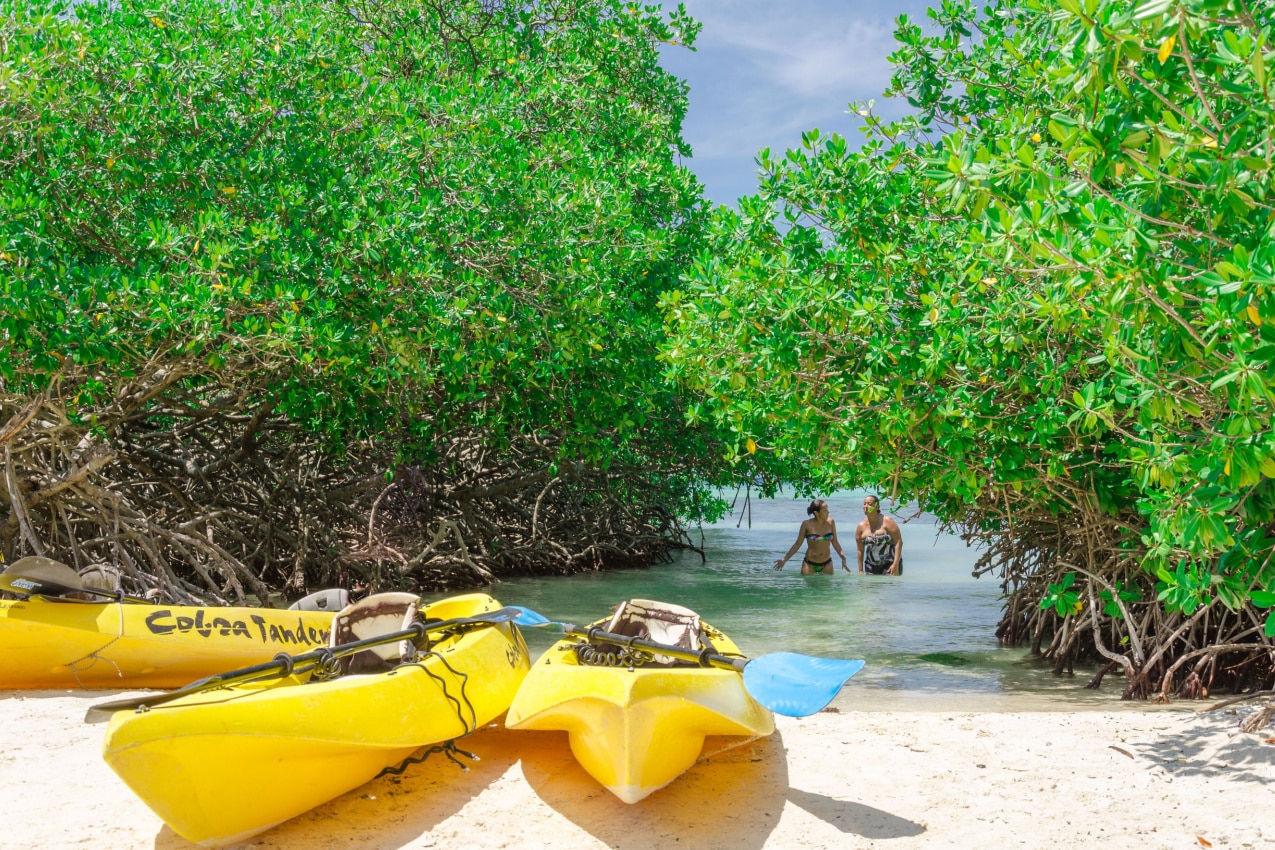
Aruba is safe both for solo travelers and for whole families looking for some quality bonding time. But, as in any other part of the world, there are some things that you have to keep in mind if you want to have a relaxed and problem-free vacation.
Essential Tips for Staying Safe
- Stay close to large groups of people and avoid wandering alone
- Refrain from getting inebriated in bars or nightclubs
- San Nicolas and its red district can be more dangerous, particularly for solo travelers who are not very careful or in full control of themselves
- Don’t flaunt your valuables, and don’t leave them unattended on the beach
- Avoid withdrawing money from an ATM at night and don’t bring a lot of cash with you while strolling around the city.
Additional Travel Tips
- Aruba has very clear rules of conduct when it comes to public decency. Walking in your swimsuit around town is frowned upon. If you’re visiting a restaurant or a shop in the city, make sure you cover up.
- Sunbathing topless or nude is illegal
- Littering is punishable by law
- Plastic bags are banned
- It’s forbidden to climb the Fofoti trees, which are very fragile
- Feeding or disturbing the wildlife on the island is illegal
- Always keep some cash in the local currency (florins), as there are some places that don’t accept USD — although, overall, most do.
Tips for Traveling with Your Family
Aruba is a good pick if you want a relaxed and comforting family-friendly vacation. The beaches are clean and safe overall, and there are a lot of kid-friendly activities you can do as a family, like swimming or exploring Aruba’s Butterfly Farm of the Donkey Sanctuary.
Simply put, there’s nothing to worry about as long as you’re careful and you use your common sense.
Don’t leave your accommodation without a first-aid kit, especially if you’re traveling with smaller kids. Keep your children (and yourself, for that matter) away from the sun, especially during the afternoon when the sun is at its peak.
If you’re traveling as a family, keep in mind that the infrastructure and the public transportation in Aruba are not great. The buses can be unreliable, so it can happen that you’re left to wait in the sun for transportation, which is not ideal if you have small children. That’s why the best idea is to rent a car if you’re planning to travel around the island.
To Sum Up
The US State Department classifies Aruba as a Level 1 country and advises travelers to exercise only normal precautions as the level of crime there is very low. The only thing you should worry about as a tourist is petty theft and small robberies.
Unlike in many other Caribbean islands, there is no hurricane risk in Aruba. The weather is pretty stable throughout the year, with minimal rainfall — so don’t let fear of the famous Caribbean storms dissuade you from vacationing on this small island.
All in all, Aruba is safe for both solo travelers and families, provided that you take the common-sense precautions you’d take when traveling anywhere else in the world. Have a fun trip!
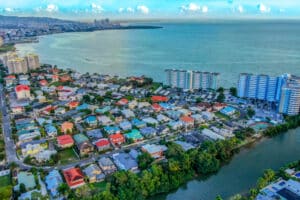
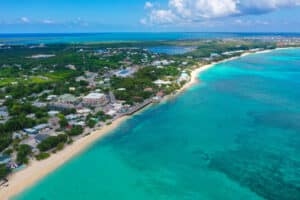
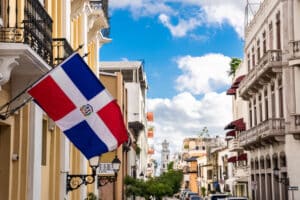
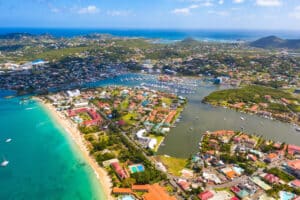
We love Aruba, we’ve traveled there since 2000, our children, their children all love Aruba and travel there as well.
Hi Anthony, thank you for reading. Always LOVE receiving these first-hand experiences of these wonderful destinations!
I have been to Aruba twice in the last 5 years. Beautiful island, safe, wonderful people, good food, much to explore. Will go again. Best restaurant overall : The Barefoot Restaurant. Their byline is : Elegant Dining in Flip Flops! Excellent food and service! Literally right on the beach, watching the beautiful Aruba sunset!
Hi Neal, thank you for reading and we really appreciate your first-hand experiences on Aruba!